12 Racing Titles That Changed The Way We Game Forever

Racing video games have come a long way since their start 40 years ago. Here’s a look at some of the games that started it all and influenced the future of gaming.
Gran Trak 10, Atari: 1974
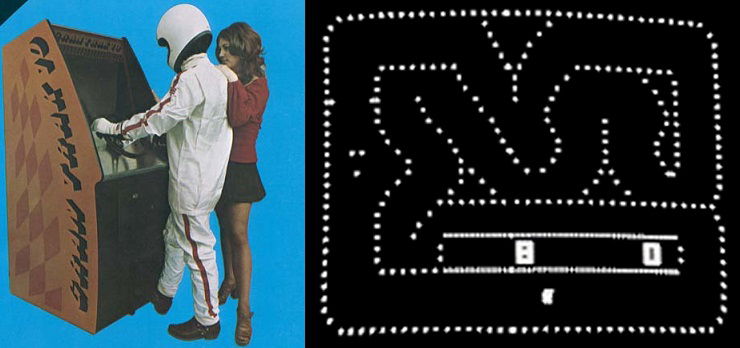
The starting point in racing video games gave the driver a wheel, a four-position shifter (1-2-3-R) and two pedals for acceleration and braking. The track was an overhead view with only two obstacles in the way of beating your best time: walls and oil slicks. A real ace was sure to draw in the ladies.
Hi-way, Atari: 1975
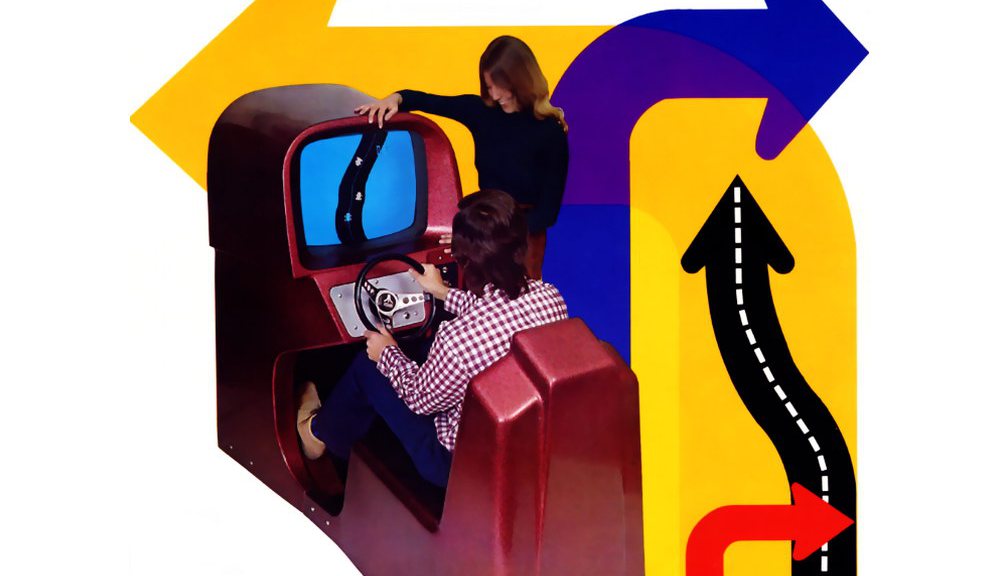
Hi-way was the first sit-down driving game. The concept was simple; the player drove down a vertical scrolling road while trying to avoid oncoming cars. It may look like a bore, but all good things come from somewhere.
Night Driver, Atari: 1976
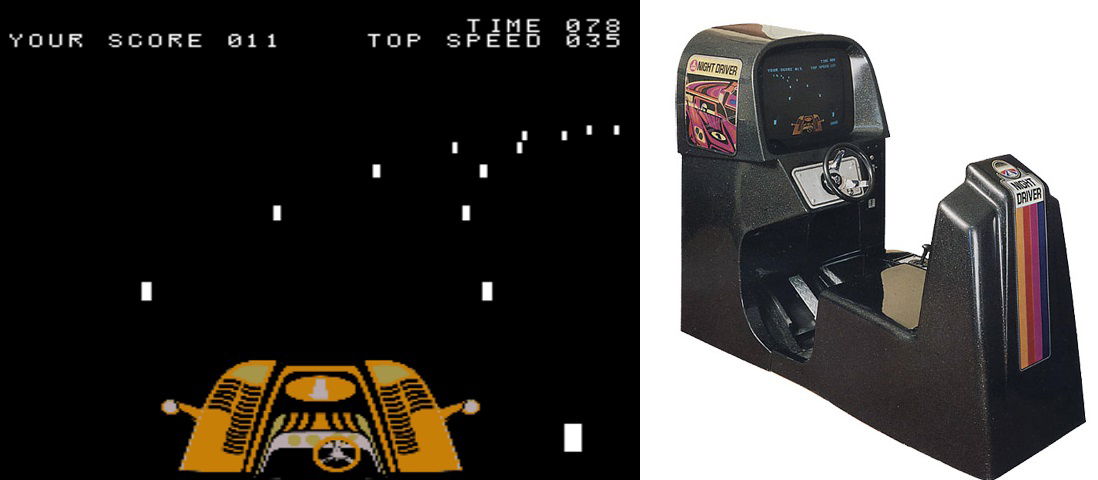
On a roll with games, Atari then released a POV racing game. The player would navigate the car down a wide road without crashing into either side. As more time went by, the road got more narrow and winding. The game was released in two different forms: an upright like Gran Trak and a cockpit for a more realistic experience.
Sprint 2, Kee Games: 1976
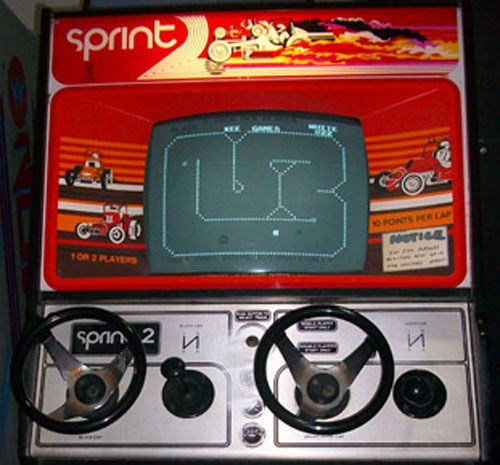
Sprint 2 was the first in a series of games, followed by Sprint 4, Sprint 8 and then Sprint 1. Confusing, right? The numbers only refer to the number of players they allowed. The original game was an overhead view of a track where two players could race each other with the obstacles of other cars and walls. This game had no computer opponent and could only be played with two real people at once. It couldn’t have been much of a problem to find a willing opponent since it was the first time two people could race head to head.
Super Bug, Kee Games: 1977
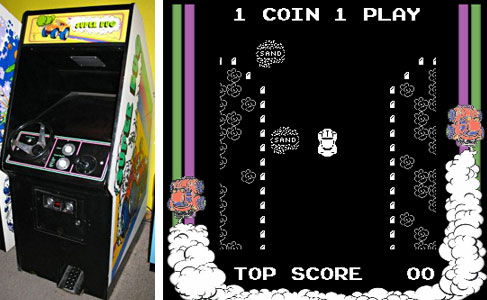
Another arcade racer, Super Bug was unofficially the first game to feature a car from a real manufacturer. There is no licensing agreement between Kee Games and Volkswagen, but the race car is obviously a VW Beetle. It became a huge hit in arcades for having a challenging track through the forest with oil, sand and other cars as obstacles.
Speed Freak, Vectorbeam: 1978
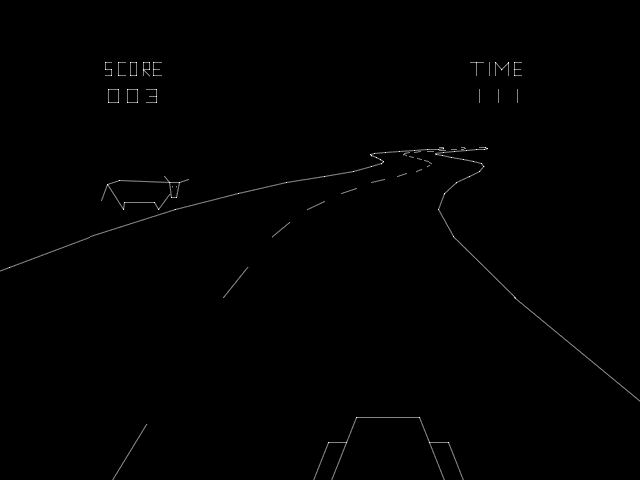
This was the closest the 1970s would get to 3D gaming. Players were timed driving their car past cows, cacti, oncoming traffic and police roadblocks, crashing as many times as they wanted. There were two crash scenes that would play for different scenarios: a cracked windscreen or parts flying.
Pole Position, Atari: 1982
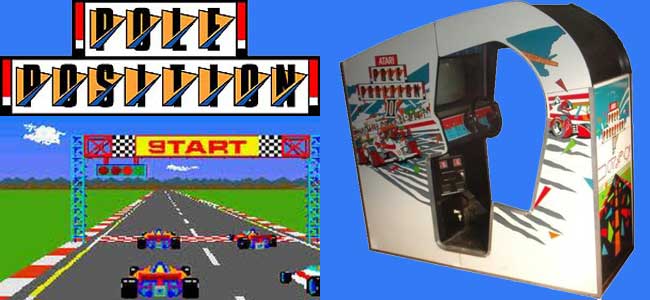
For the first time, a real-world track is used in a video game. Pole Position players took a qualifying lap then raced their Indy car on the Fuji Speedway in Japan.
Hard Drivn’, Atari: 1988
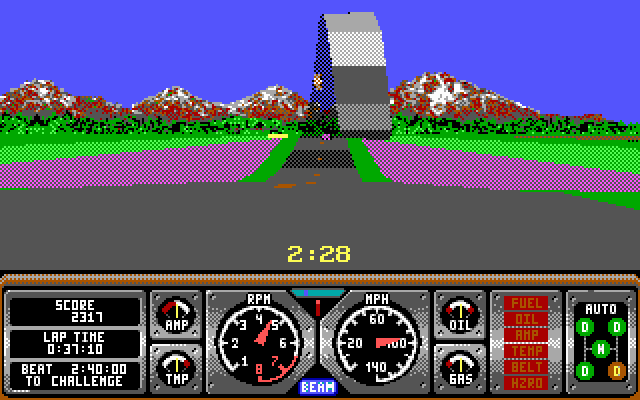
Players took to a stunt course to race their sports car in this truly groundbreaking game. Atari named it ‘the world’s first driving simulation game’ and heavily promoted its 3D graphics and force-feedback steering wheel. Racers were finally given the option to drive manual, using the clutch and four-speed shifter. There were only two track choices, but players could wander them both freely. We’ve come to learn that free roaming can be one of the best parts of any car game.
Stunt Car Racer, MicroStyle: 1989
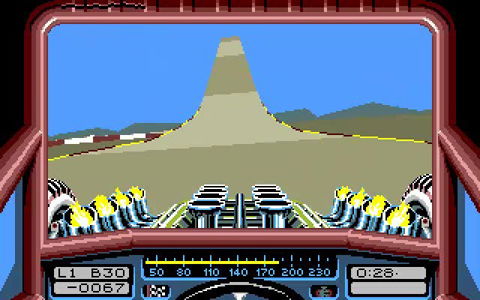
Developed by MicroStyle and released cross-platform, Stunt Car Racer could be played at home with the same level of awesome 3D graphics as in the arcades. The Atari ST and Amiga versions allowed two gamers to play together by connecting with a null modem cable. The game play was wild for its time. The track was more like a rollercoaster than a race track, and players could damage their car by hitting other cars, landing roughly, hitting a wall or falling off the track entirely. If accumulated damage reached a certain level, the player automatically lost the race.
Super Mario Kart, Nintendo: 1992
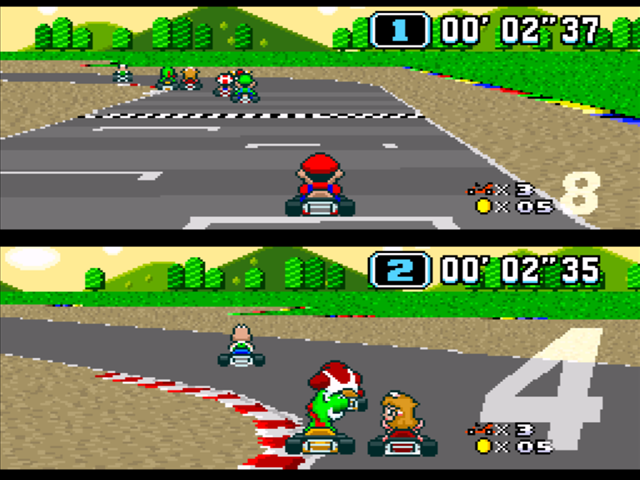
You probably know all about this game already. Its colourful graphics, catchy music and creative maps caught the attention of all gamers, not just racers. The beauty of this game is that not only could one play alone against the computer, but you could also challenge friends. In multiplayer mode, players could race one-on-one or with computer opponents involved in the cups. Perhaps the best mode was the multiplayer battle mode, where players could destroy the other’s balloons in an arena-like setting. Nintendo re-released the game for the Wii in 2009, but the original will always take the crown. Long live Super Mario Kart!
Virtua Racing, Sega: 1992
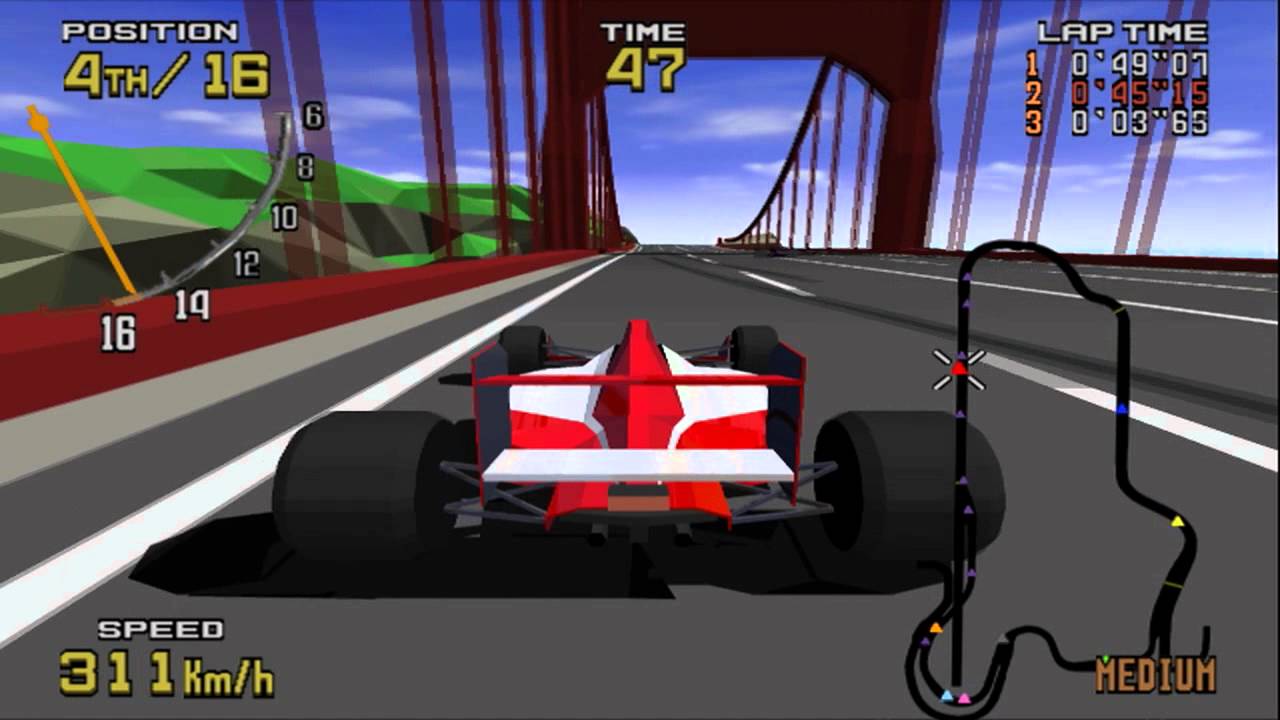
The arcade version of this game was another breakthrough in 3D graphics. With a new graphics platform and higher refresh rates, Virtua Racing was the most realistic racer on the market. Developers integrated more detailed physics and a force feedback wheel to make the car react to the environment with crashing, sliding or running off the track. The enhanced graphics, use of shadows and ability to switch between four different points of view made this a great jumping point for future F1 games.
Ridge Racer, Namco: 1993
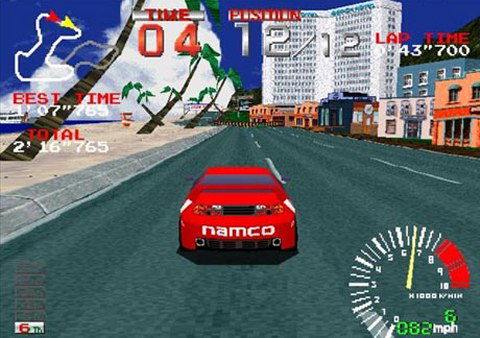
Ridge Racer players competed on city streets and other public roads while using drifting techniques to keep their speeds through sharp turns. The courses went through tunnels, over bridges and in between a crazy amount of signs and buildings to add to the distractions. This game is often considered a base point for urban racing games like GTA.
What about Burnout? And Pit Stop? And Sega Rally? And F1GP? And Project Gotham Racing? And Gran Turismo? And the entire GTA series?! The last two decades have produced hundreds of racing games. No doubt there are countless games left out of this list, and every racing game that has moulded the future of gaming deserves a mention.
Let us know what titles changed your world of video game racing.
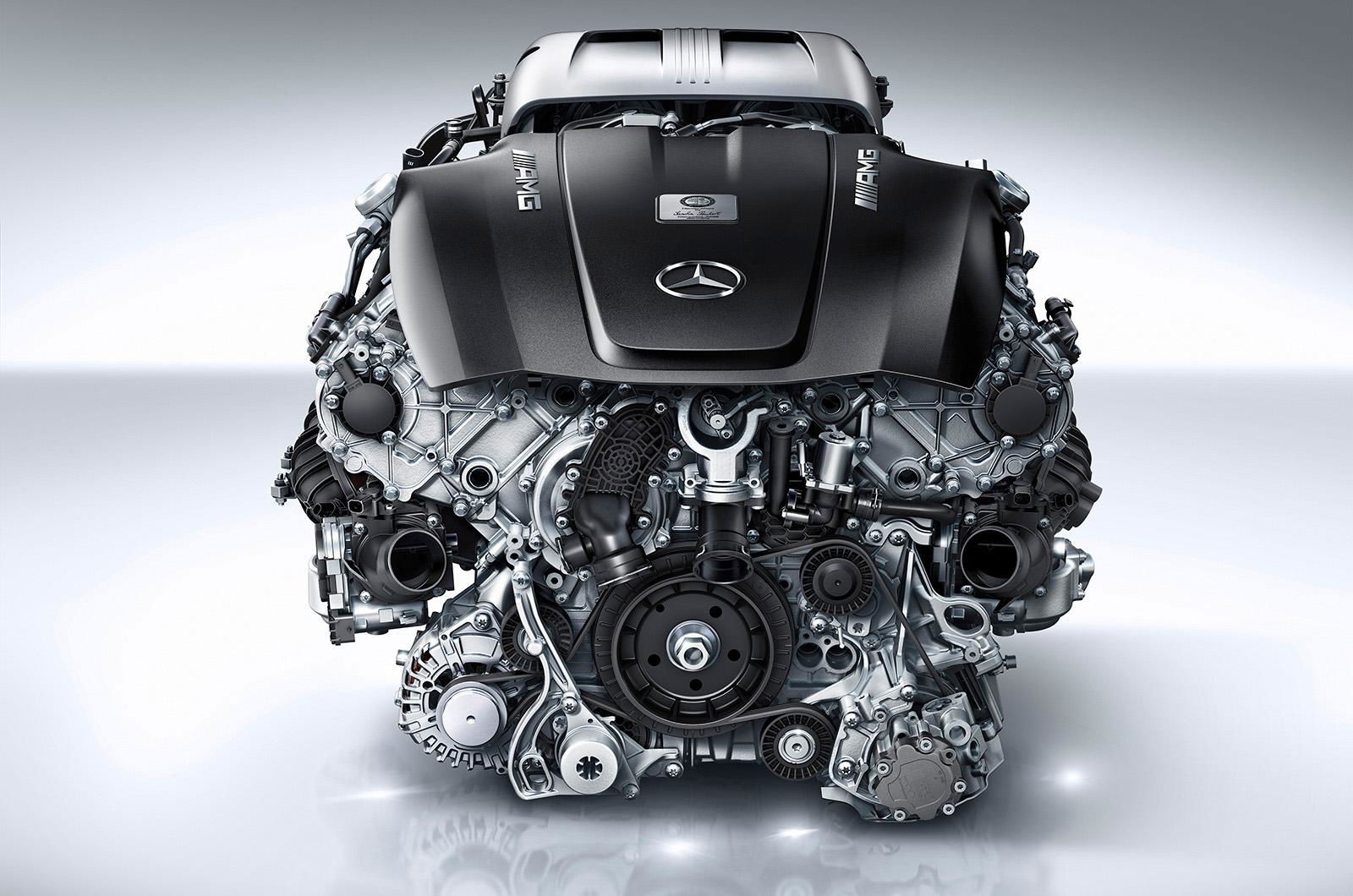
Comments